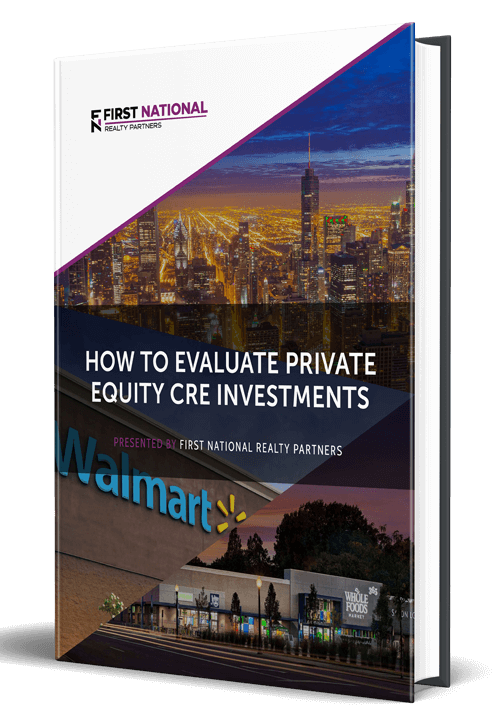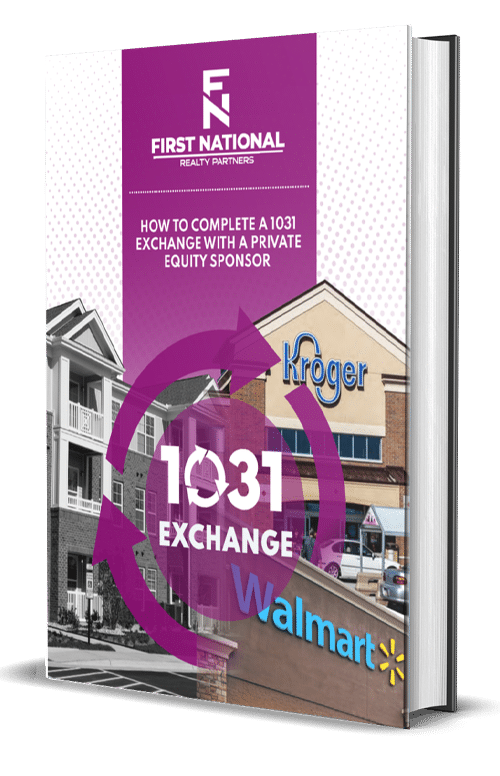When underwriting a loan request, it is never the lender’s assumption that the deal will go bad—but it happens. On occasion, a borrower fails to live up to his or her end of the loan agreement, and the lender(s) must take steps to protect their capital. While this is never the desired outcome, it is important for borrowers and investors to understand what happens when a default occurs.
What is a Default?
A default occurs when borrowers fail to live up to their end of the loan agreement. Practically, this means one of two things: either the borrower fails to make the loan payment, or fails to meet a loan covenant. In either case, the result is the same: the borrower is in default and the lender has a legal right to “cure” it.
What Does the Lender Do When a Borrower Defaults?
It is important to understand that lenders have a vested interest in the success of their borrowers’ transactions. Simply, their incentive is purely financial. The more payments a borrower makes, the more the lender earns in interest. In addition, it can be incredibly expensive for the lender to pursue a borrower for past due payments. For both of these reasons, it is important to remember that a lender does not want to punish a borrower for defaulting on their loan. On the contrary, the lenders’ financial incentive is to work with them to come to a mutually agreeable outcome. That said, while a lender’s actions upon default start in a relatively innocuous place, they can progress to aggressive legal action.
When a borrower has one or more missed payments, these show up on the lender’s “delinquency” report. Often, The first course of action is to call them to find out why and to report the late payments to the credit bureaus. The cause could be something as simple as an accounting mistake and the payment could be made right away. But, if there is a material change in the borrower’s business, more drastic action might be needed.
The next step in severity is for the lender to work out a repayment plan or to make a loan modification. Options here include, but aren’t limited to, interest rate reductions, interest and/or principal deferment, forbearance, payment plans, or term extension. The goal of any of these actions is to temporarily reduce the monthly payment or to offer a grace period to the borrower in an effort to get them back on track. This is the lender’s way of trying to work with the borrower to prevent more drastic action. In many cases, this works and the borrower is able to get back on track. However, in more severe cases, the lender may need to declare a default and move to take more severe action.
Foreclosure & Lender Cure Provisions
For legal purposes, the declaration of a default is an important one—it allows the lender to pursue the options outlined in the loan agreement in an effort to collect their funds. Practically, there are three things, one or all of which the lender could do to get their money back:
1. Accelerate Interest Due
Although this is more frequent in consumer loans, such as credit cards and mortgages, the lender could immediately increase the interest rate to the “default rate.” It varies depending on the type of loan, but the important point is that it is much higher than the normal rate. For example, a loan could have a “normal” interest rate of 6% and a default rate of 18%.
2. Initiate Foreclosure Proceedings
In a secured loan, foreclosure is the legal process by which a lender takes back title to the real estate. In some states, this means going to court, while in others this process is much simpler. However, the result is ultimately the same. When the lender regains title to the property, they place it for sale on the open market and use the proceeds to pay down the loan balance. This is a last option for several reasons: it is expensive for the lender to maintain the property while for sale, the legal costs can be significant, and there is no guarantee that the property can be sold for enough to repay the loan balance in the end. Note, however, that if the loan is unsecured, this is not an option for the lender as there is no collateral to foreclose upon and sell.
3. Exercise Their Right of Offset
This is an extreme option and one sure to lead to disagreements, but bank lenders typically have something called the “right of offset.” If it exists and the borrower also has a checking/savings account with the lender, it is possible for the lender to seize the balance and use it to pay past due loan amounts.
To be clear, these are options of last resort. They can be acrimonious, expensive, time consuming, and they may have an uncertain outcome. There are no winners in these scenarios.
For the lender, they have to devote a significant amount of time and resources to bad debt collection. In many cases, this could be “throwing good money after bad” and it is time that could have been spent originating new, performing loans.
For the borrower, their credit score will suffer due to their defaulted loans, while collection agencies and debt collectors could be involved, late fees can pile up, and their bank accounts could be drained. In addition, borrowers could encounter legal fees of their own as part of the foreclosure process.
Recourse vs. Non-Recourse
For liability purposes, most commercial real estate transactions are conducted in single purpose entities called “Limited Liability Corporations.” While this structure serves to protect individual transaction sponsors from personal liability, a lender may or may not require personal recourse.
If the lender is unable to sell the collateral property for enough to repay the loan in full, a loan “with recourse” allows them to go to the individual “guarantors” and collect the remaining balance from them.
In a non-recourse loan, the lender has no such option under the loan terms and would have to absorb the loss. For these reasons, non-recourse loans tend to have a higher interest rate.
Interested In Learning More?
First National Realty Partners is one of the country’s leading private equity commercial real estate investment firms. With an intentional focus on finding world-class, multi-tenanted assets well below intrinsic value, we seek to create superior long-term, risk-adjusted returns for our investors while creating strong economic assets for the communities we invest in.
To learn more about our real estate investing opportunities, contact us at (800) 605-4966 or info@fnrpusa.com for more information.






